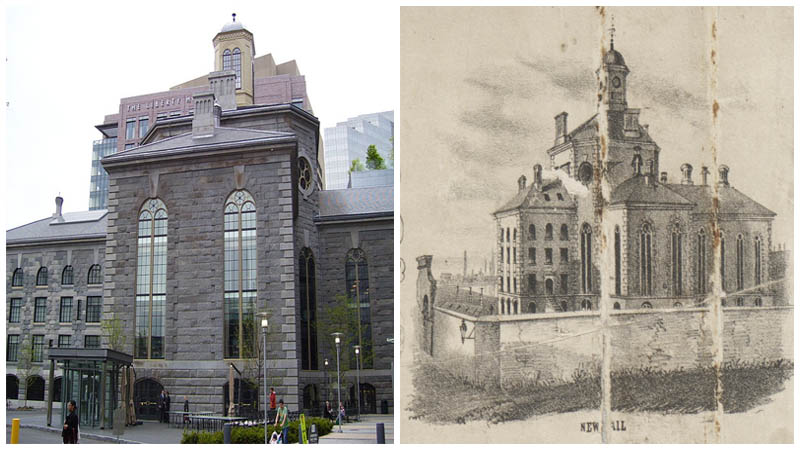It is unbelievable how a place can be transformed from a notoriously uncomfortable prison into a four-star hotel where pleasure and comfort are abundant. The purpose of both of these institutions is to house people, but one would gladly choose to stay at the latter instead of the former.
The story of the prison begins in 1851 on 215 Charles Street in Boston with two men: Rev. Louis Dwight and Gridley James Fox Bryant. These two fine gentlemen were considered to be the best in their field. Gridley was one of Boston’s finest architects and Rev. Louis was a well-accepted penologist.
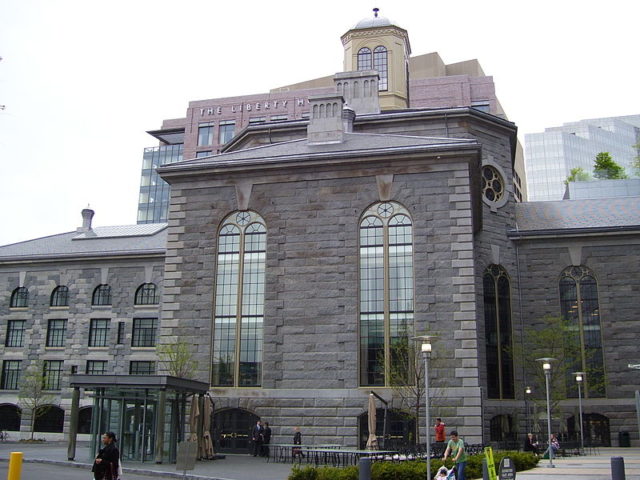
The two of them were summoned to work on a design for a new prison. The result of their collaboration became known as Charles Street Jail. Constructed using Quincy granite, the jail, in its original state, resembled a cross. Four wings radiated from a central rotunda which still survives today and is now the center of Liberty Hotel.
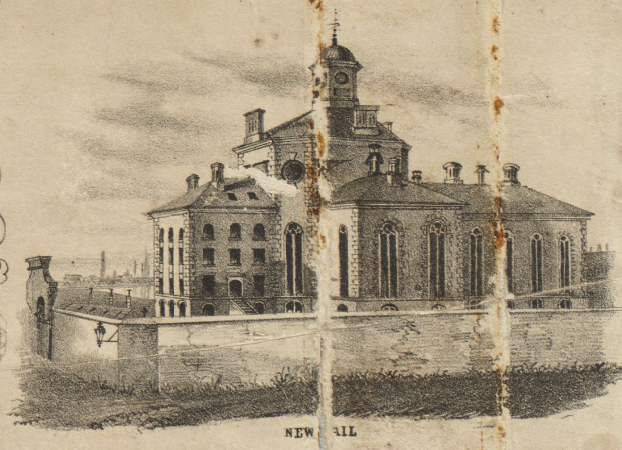
Rev. Louis was also known for his work on prison reforms. His most notable work became known as the “Auburn Plan.” He also advocated his “21 principles” – a guide for creating a more humane jail. One of these principles was for the prison to offer a large amount of natural light and good ventilation.
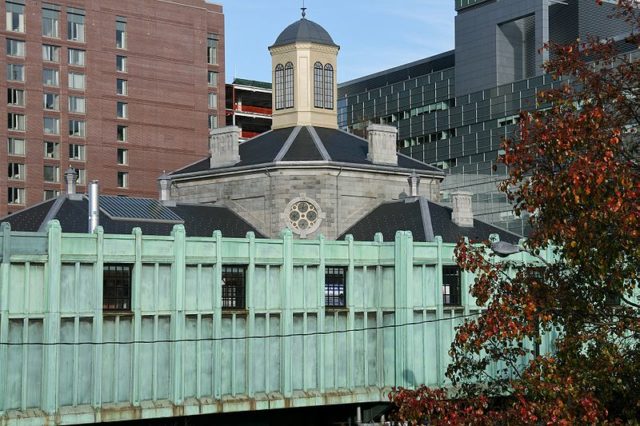
Many of these principles were incorporated into the construction of Charles Street Jail. For instance, each of the four wings had giant ocular windows and ventilation was achieved via a number of arched windows. The rotunda itself offered the greatest amount of light.

Rev. Louis Dwight’s goal was reached but it cost $493,000 to obtain – the equivalent of $16 million today. The prison wasn’t only famous for its construction and design principles. It is said to have detained a number of notable inmates, including Malcolm X, the famous human rights activist and Muslim minister; Bartolomeo Vanzetti, the famous robber; crime boss James “Whitey” Bulger; and James Michael Curley, the man who would one day become the Mayor of Boston. However, according to researchers, there is no hard evidence that Malcolm X or Bartolomeo Vanzetti were ever detained in the jail.
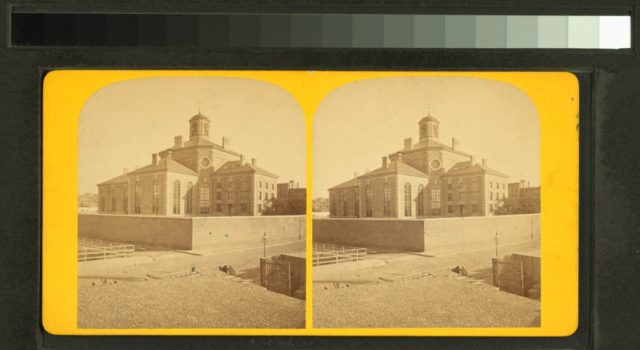
Each of the inmates was locked inside a small, claustrophobic cell measuring just 8 feet by 10 feet. In 1902, the prison received its first major extension and renovations. A new hospital was built as well as a place were movies were projected for the viewing pleasure of the prisoners.
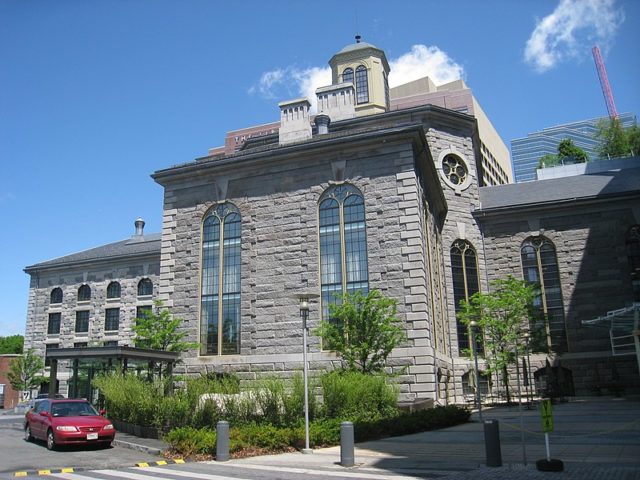
The prison remained in use for decades, but as time went on, it became in a bad state of disrepair due to a number of riots. It also had its fair share of escaped inmates, among which was Elmer “Trigger” Burke, the famous New York hit man. In the 1950s, the “humanely-built” prison became ironically condemned for the inhumane treatment of inmates and overcrowding.
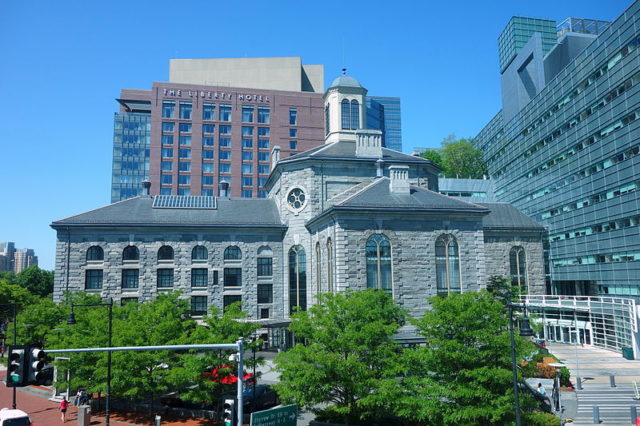
It remained in use until 1990, when the prisoners were transferred to their new home: Nashua Street Jail. The doors were then closed and remained that way for a full decade. The site was occasionally used as a storage unit. It wasn’t until 2007 when the jail rose from the ashes and was fully re-purposed as a four-star hotel. The designers of the project were Cambridge Seven Associates and Ann Beha Architects.
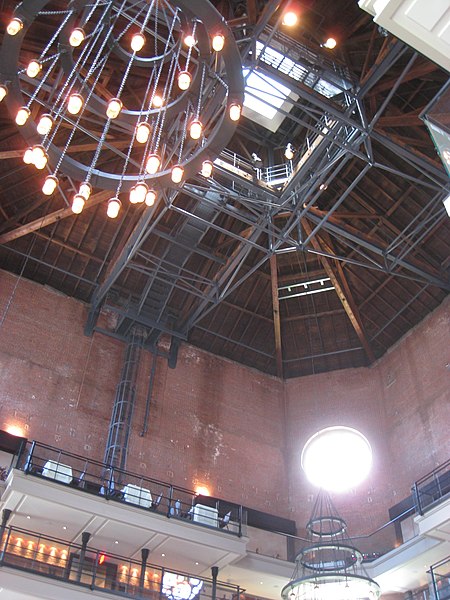
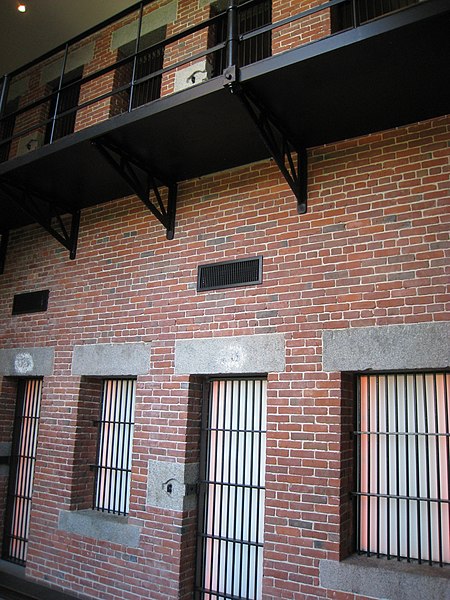
With its 300 rooms, the hotel offers an unforgettable experience. What is now a comfy hotel room was once a dirty prison cell. There is also a museum as part of the hotel where one can still witness the original cells, iron doors, and bars. A number of plaques guide the visitors through the history of the jail. The hotel has preserved and incorporated the original windows and historic catwalks, adding to the atmosphere of the place.
